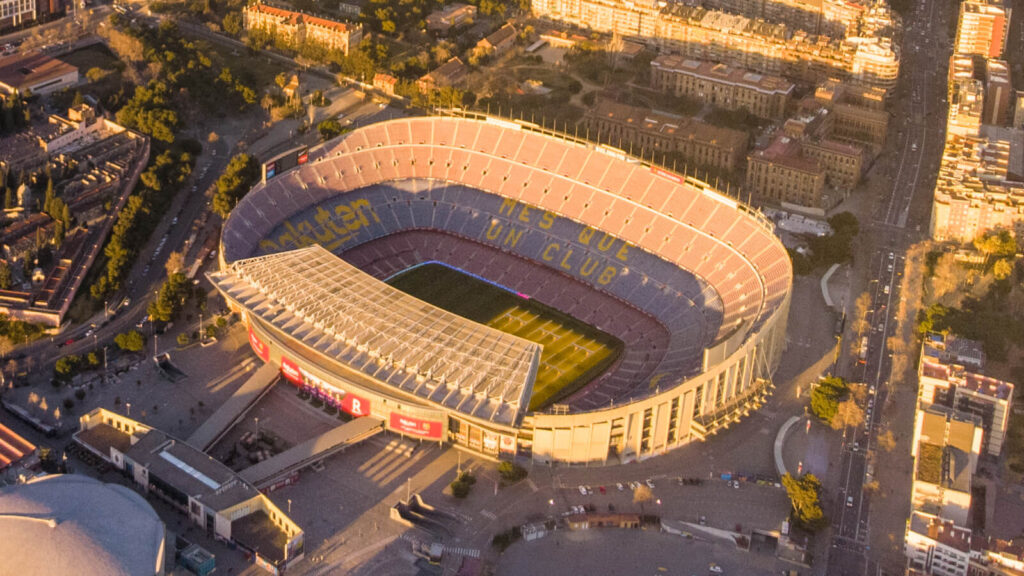Europe is the home of some of the most iconic football stadiums on the planet. They have seen unforgettable games, historic goals, and the emergence of footballing behemoths. They are more than just buildings, though; they are clubs’ history, passion, and architectural excellence. This article delves into some of the most iconic European football stadiums, how they came to be, how their atmosphere compares, and their importance in world football.
We already covered the most iconic UK stadiums and you can read about them on this link.
Camp Nou
Camp Nou is located in Barcelona, Spain, and it is the home of FC Barcelona. It has been open since 1957 and has a seating capacity of 99,354 people and is thereby the largest stadium in Europe. Camp Nou has played host to Champions League finals, El Clásico games, and international games, including the 1982 FIFA World Cup. It has witnessed legendary matches by legends such as Lionel Messi and Johan Cruyff.
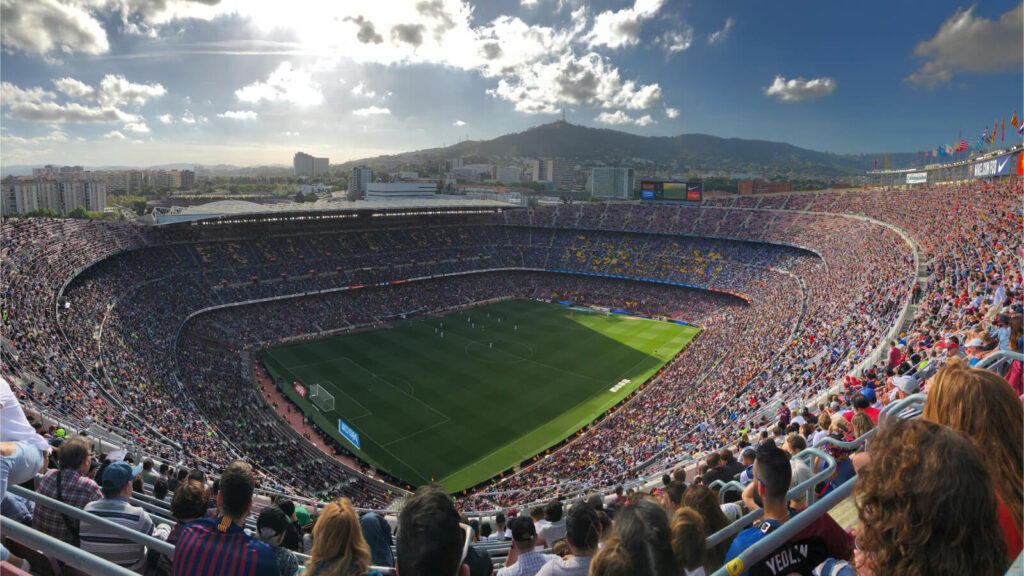
It has become the identity of the club and The club has been an important part of Catalan culture since the Catalans faced repression under Franco. Francesc Mitjans designed the stadium with an open bowl shape and steep seating stands that take maximum advantage of the setting. The stadium is undergoing a complete transformation to modernize infrastructure and is set to be even more futuristic and premium to enhance the viewing experience for the masses. Fans repeat “Més que un club” repeatedly, particularly for El Clásico. The stadium is greatly served by public transport and so is easily accessible.
Camp Nou is a football icon around the world with millions visiting annually. It hugely contributes to Barcelona’s tourism and economy. It has the largest attendance for a European match. Both Messi and Diego Maradona gave legendary performances here.
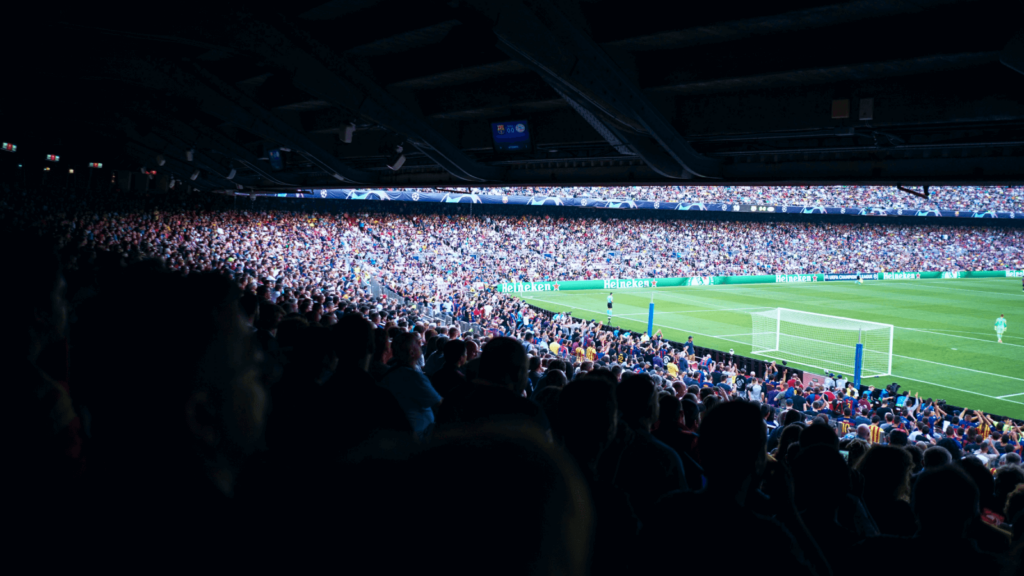
San Siro
San Siro, officially Stadio Giuseppe Meazza, is in Milan, Italy. It was opened in 1926 and has 80,018 seats, and it’s hosted by AC Milan and Inter Milan. San Siro has hosted World Cup matches, Champions League finals, and Milan derbies, starring football’s finest players.
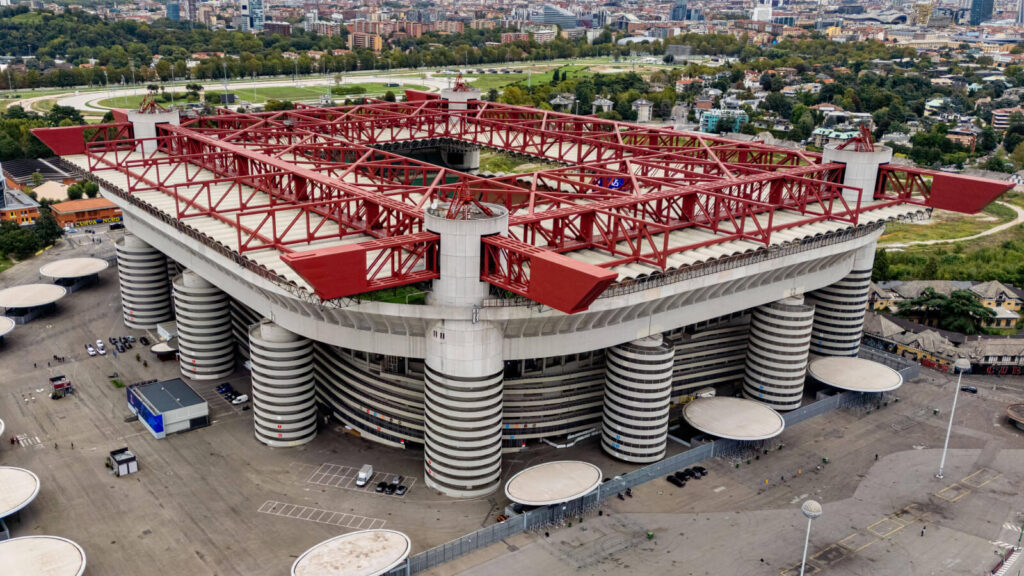
It is one of the biggest monuments in Italy and only a few of the stadiums of the world are two of the clubs and that’s why San Siro is highly rated among the fans. Famous for the distinctive red girders and spiral towers, the extremely steeply sloping stands of San Siro make it an experience one will never forget. It has been renovated several times to preserve its grandeur and augment the quality of experience of the viewers.
The Derby della Madonnina is one of the most emotive derbies in football, and as a result, San Siro is one of the most charged atmospheres. The ground is a quick metro ride away. San Siro boasts a rich football history in Milan, which brings in tourist and local business revenue. Pelé and Maradona have honored its pitch. It will soon be replaced with a new stadium.
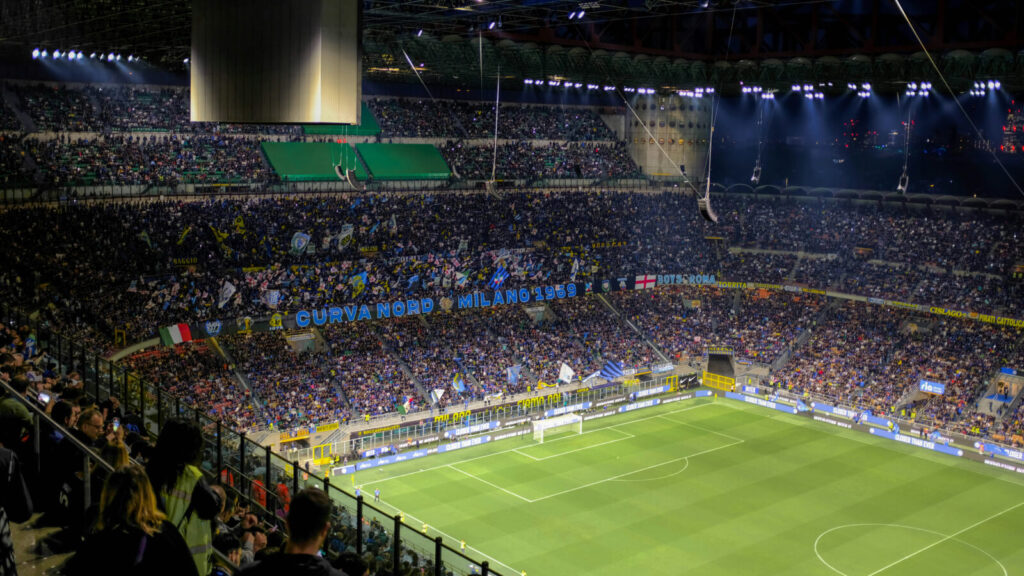
Santiago Bernabéu
Based in Madrid, Spain, Santiago Bernabéu has been home to Real Madrid since 1947 and seats 81,044 spectators. It has seen numerous European Cup finals, World Cup games, and numerous El Clásico encounters, some of football’s most memorable moments.
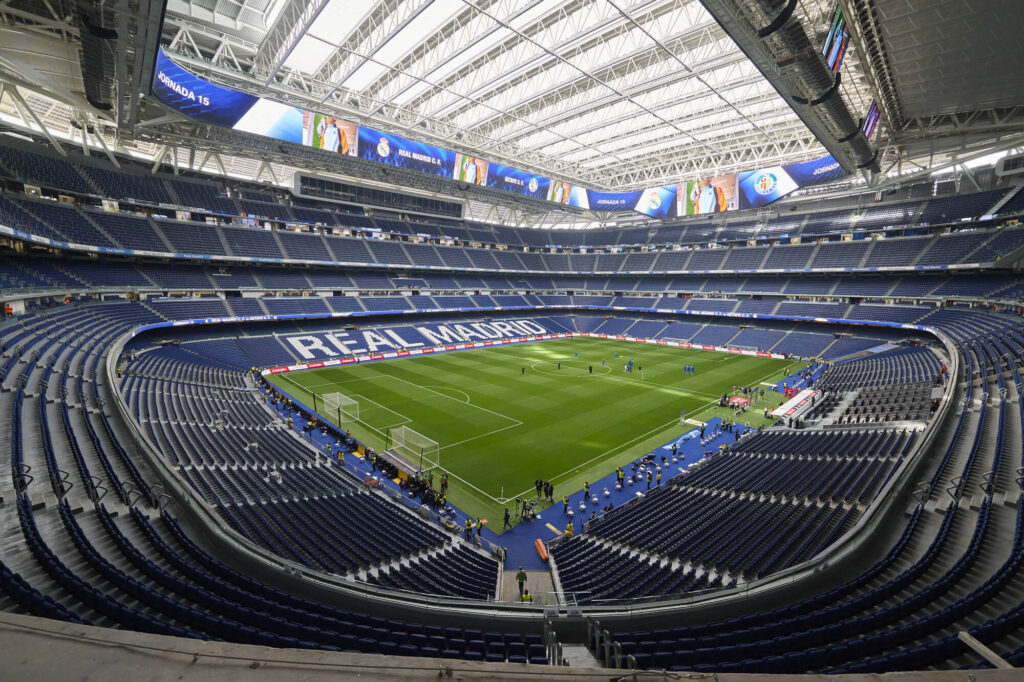
The stadium has been in the limelight of Spain’s football history and it has hosted 4 finals in the years namely 1957, 1969, 1980, and 2010. It has been designed by Manuel Muñoz Monasterio and just recently went under renovation. Now it has a retractable roof and better facilities. The Champions League nights witness the Madridistas’ roar, a night to remember.
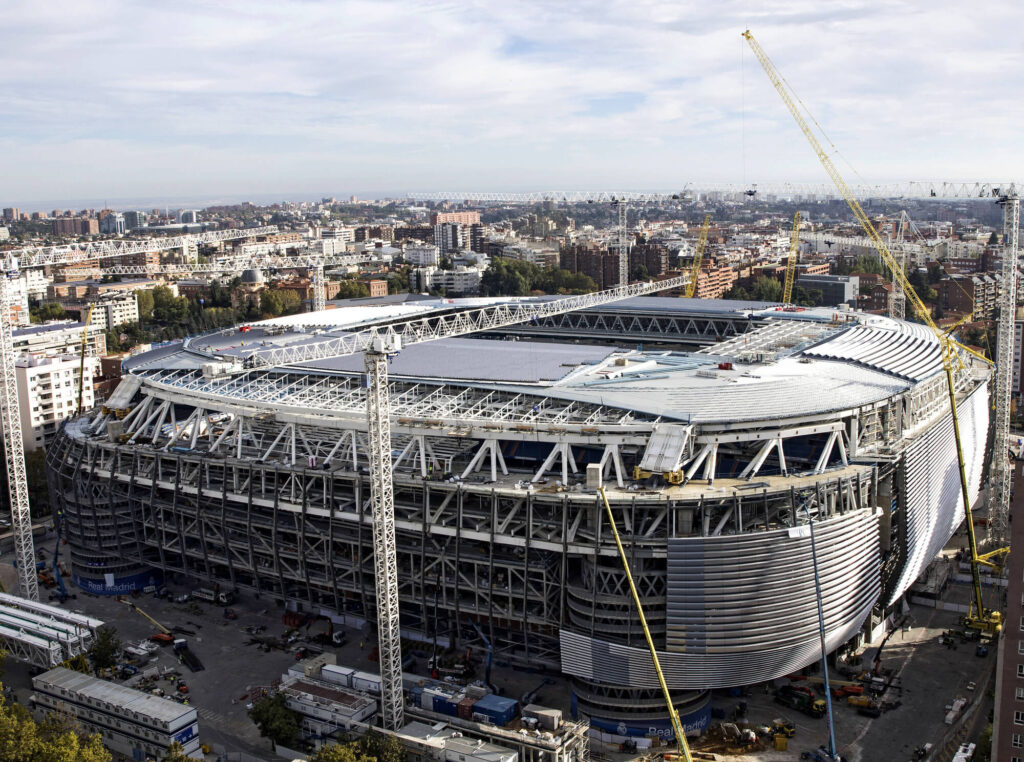
The stadium is easily accessible via the transport network of Madrid. Being one of the greatest stadiums of football, it is the focal point of Madrid’s economy and international reputation. The mythological performances of Cristiano Ronaldo and Alfredo Di Stéfano are remembered in the past.
Allianz Arena
Allianz Arena, in Munich, Germany, is the home of Bayern Munich. It opened in 2005 and holds 75,024 spectators. It has been used to host the Champions League finals and Germany’s World Cup games, and it has been an important part of contemporary football.
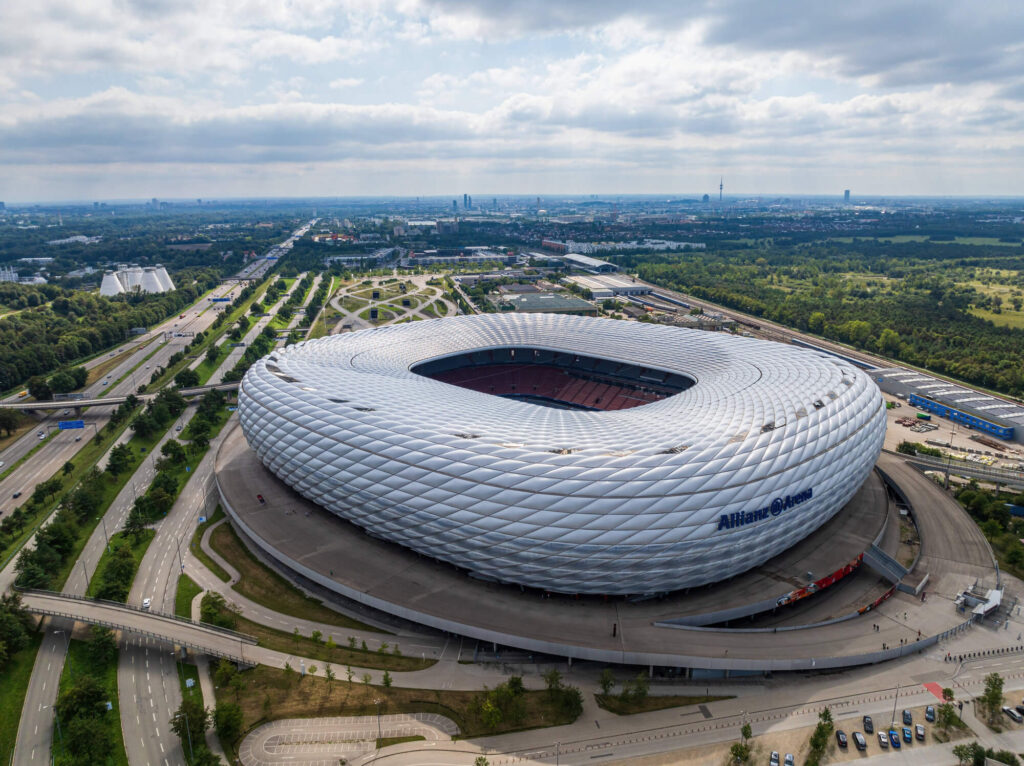
It was designed by Herzog & de Meuron and features a distinctive color-changing façade, making it an architectural wonder. Bayern home games are an electrifying experience. The stadium is conveniently accessible by metro.
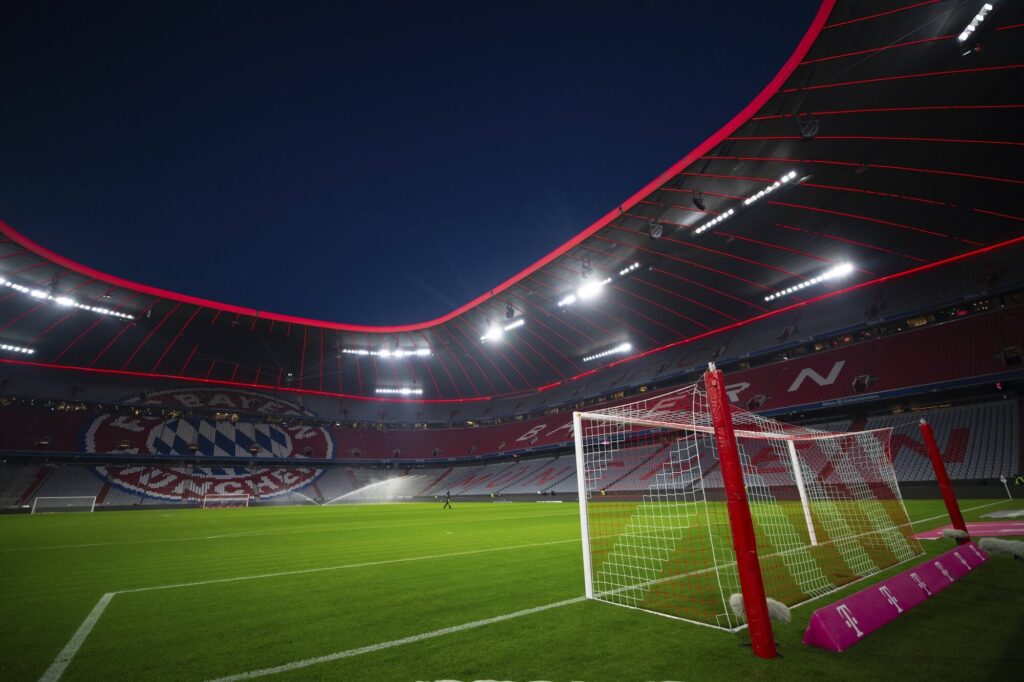
The color scheme and appearance here are futuristic and it is labelled as one of the wonders of the football stadiums. It brings back life to Munich’s economy by bringing in tourism and matchday incomes. It became the first one to have an all-LED exterior.
Estadio da Luz
Estádio da Luz is in Lisbon, Portugal, and is Benfica’s 65,000-capacity home stadium. It has also hosted the UEFA Euro 2004 final and Champions League finals, where it has seen such great football moments.
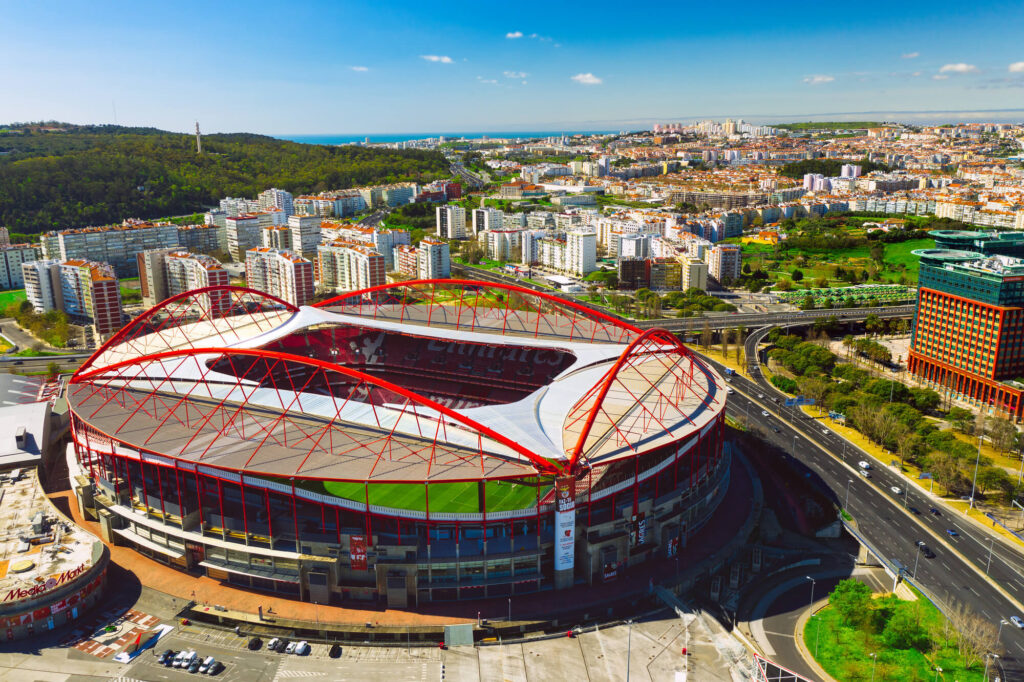
Damon Lavelle designed it with a contemporary look and a translucent roof for the admission of natural light. The iconic Benfica Eagle soars overhead before games, adding a fascinating pre-match ceremony. It’s well accessible by public transport. The capacity here is huge and it makes it one of the biggest stadiums in Portugal. It is the hub of Portugal’s football history and a tourist attraction for Lisbon. The mythic performances by Eusébio made the stadium legendary.
Signal Iduna Park
Signal Iduna Park is located in Dortmund, Germany, and hosts Borussia Dortmund with a seating capacity of 81,365. It has also hosted World Cup games and is renowned for roughing up Bundesliga encounters. The stadium strongly resonates with the passion and represents the dedication of football culture in Germany.
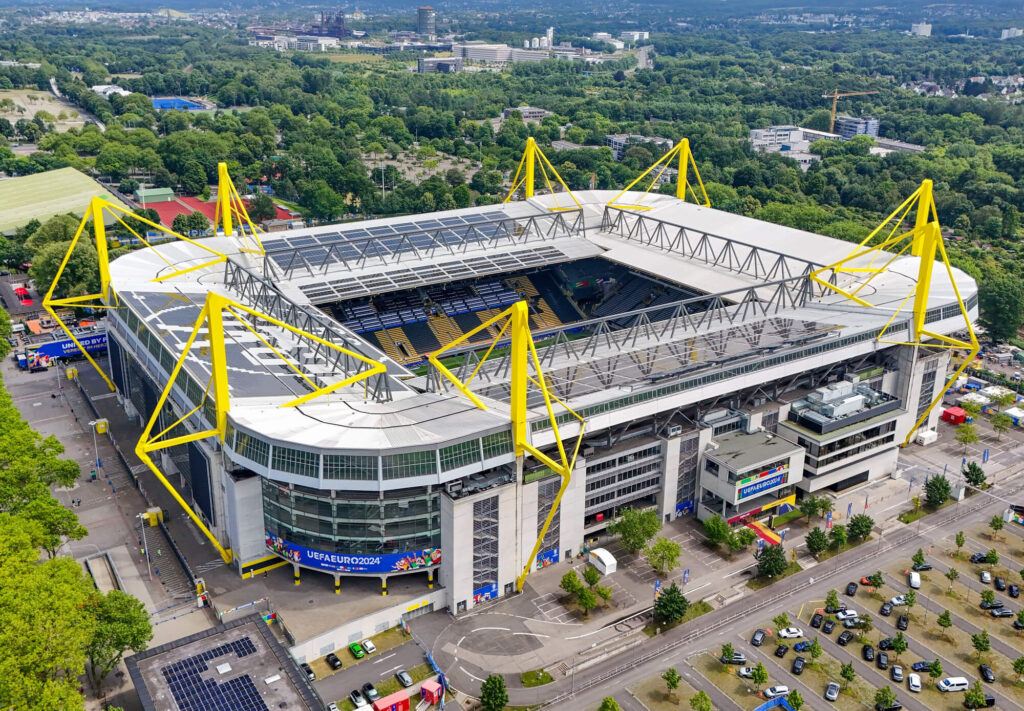
Its mythical Yellow Wall stand houses 25,000 supporters, making it a fearsome environment for visiting sides. South Stand chanting is the stuff of legend. Public transport to the stadium is plentiful. A mainstay of Dortmund football culture, it generates a lot of local trade. Jurgen Klopp once said the atmosphere was “the best in the world.”
Conclusion
They are not merely steel and concrete structures but living, breathing organisms rich in football history, passion, and culture. They have all, though, forged their own club identity and city signature that has long contributed to the popularity of the game on the international front. It is the deafening booms of Signal Iduna Park’s Yellow Wall, the pulsating Milan Derby at San Siro, or the mythical El Clásico wars at Camp Nou and Santiago Bernabéu that these venues continue to be at the heart of football lore.
As they go on improving with new-age developments, their tradition is left unaffected, and future generations will still have memorable football experiences in their territories. As a whole, these stadiums from the remainder of Europe are landmarks and no one should let slip any chance of getting the sight of their megastars in these iconic stadiums.
